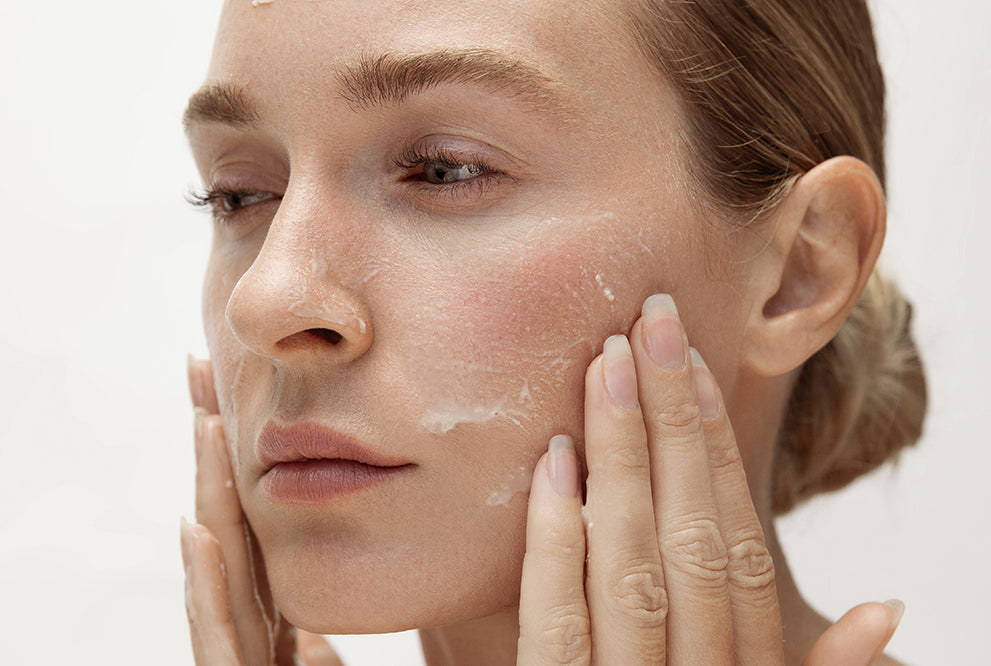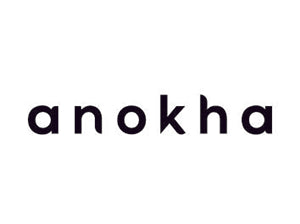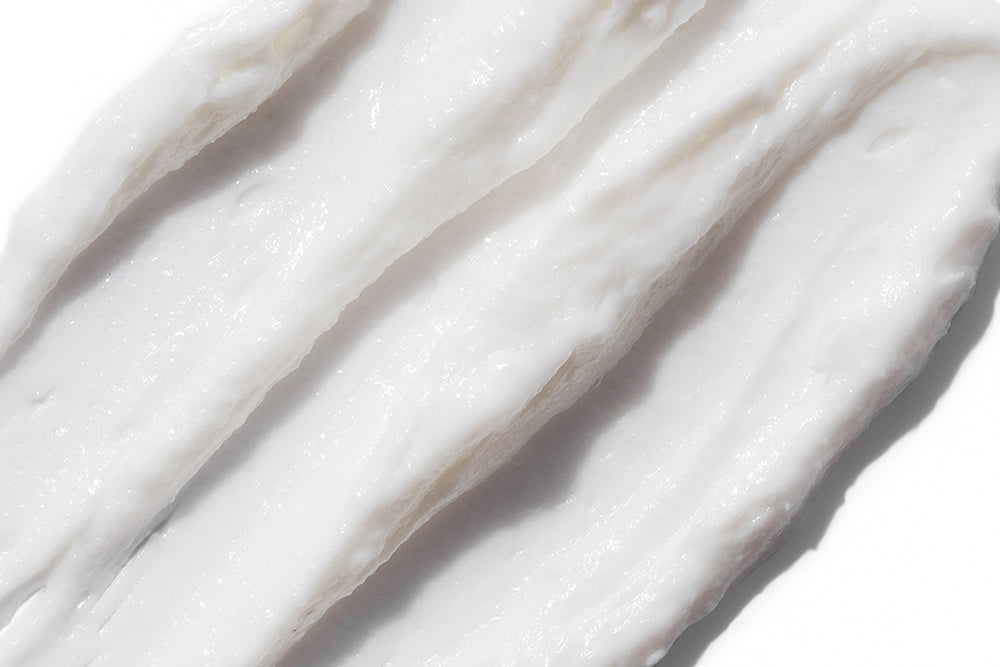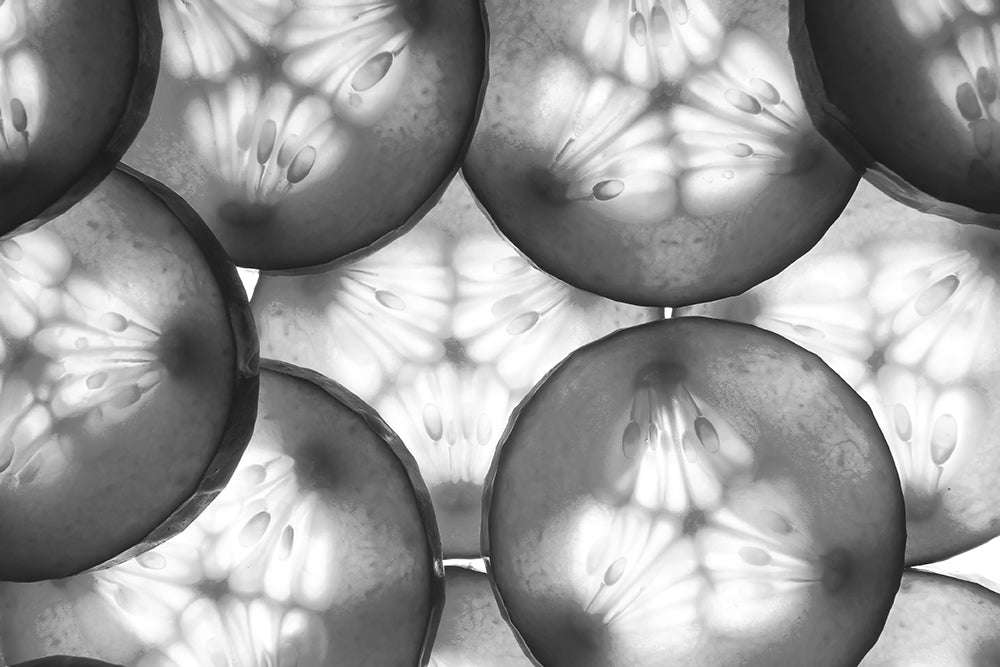
rosacea

the bottom line
An estimated 16 million Americans have rosacea, a chronic inflammatory condition marked by redness on the cheeks, nose, chin, or forehead. There’s no definite cause and no cure, but if you suffer from rosacea, you know that how you care for your skin can exacerbate or decrease your symptoms. Keep reading to learn more about this common condition and how to avoid triggers while caring for your skin.
first layer: what is rosacea?
Rosacea is a chronic skin condition that primarily targets the central face with redness of the cheeks, nose, chin, or forehead; small blood vessels and bumps on the face; and watery, red, and irritated eyes. The presence of either persistent redness or skin thickening is diagnostic of rosacea. Associated signs include burning or stinging, swelling, and dryness.
Rosacea is notable for flare-ups and remissions and can be treated but noted cured. With time, the redness of the face may become more persistent with the appearance of visible blood vessels. In severe cases, the nose may swell with prominent bumps, a condition known as rhinophyma. Rosacea is more common in fair-skinned women, especially those of northern or eastern European descent, but can be severe in men.
Although the cause of rosacea is unknown, the associated facial redness is believed to represent the beginning of an inflammatory pathway which occurs as a result of both neurovascular dysregulation and the immune system. A microscopic mite, Demodex folliculorum, has also been implicated as a contributor to rosacea. Although the mite normally resides on human skin, it is present in larger numbers on the facial skin of those with rosacea. Some studies have indicated that rosacea may be an indicator of more systemic inflammation, such as cardiovascular disease, gastrointestinal disorders, and autoimmune diseases.
Rosacea flares can be controlled with medication and lifestyle modification. Some common triggers include sun exposure, emotional stress, hot or cold weather, wind, alcohol, spicy foods, heavy exercise, hot baths, and heated beverages. Skin care products can also play a role in triggering flares. Some ingredients that can irritate the skin of rosacea patients include alcohol, witch hazel, exfoliants, astringents, fragrance, and salicylic acid.
second layer: skin issues with rosacea
Rosacea sufferers have specific skin concerns as a result of their condition:
- sensitive skin: skin affected by rosacea can be intensely sensitive. Avoiding known triggers – which may vary from one person to the next – as well as potentially irritating skin ingredients, is recommended. Testing new products on your forearm first is a safe way to determine if you are likely to have a reaction.
- dryness: approximately 50% of those with rosacea have dry skin, which may be secondary to increased transepidermal water loss (TEWL), and in turn becomes more inflamed. Adequate moisturization while avoiding ingredients such as witch hazel and acids is helpful.
- inflammation and redness: because the underlying issue with rosacea is inflammation of the skin, redness is frequently noted and may be the presenting symptom. Look for ingredients which calm the skin, such as allantoin, antioxidants, aloe, and glycerin.
- acne-like bumps: small bumps may appear in areas of redness in the central part of the face. This may be the result of increased blood flow to the site, bacteria, skin mites, follicular irritation, or an immune or inflammatory response. Again, soothing the skin is key to decreasing the root inflammation.
third layer: skin care for rosacea
The key to caring for skin affected by rosacea is to be as gentle as possible with all steps in your skincare routine. Products formulated for sensitive skin are advised, and using fewer rather than more products is recommended.
- cleansing: gentle cleansing is critical for skin affected by rosacea. Non-soap cleansers which rinse off easily will effectively remove excess oil, sebum, and makeup. Use your fingertips only to wash the face and avoid rubbing or scrubbing the skin. Use lukewarm water, and dab skin dry with a thick cotton towel.
- moisturization: moisturization of the skin with calming ingredients can help to restore the skin barrier which may in turn reduce irritation of the skin. Burning, stinging, and itching associated with rosacea can be reduced with adequate moisturization. If you have been prescribed topical medication, it can be applied after your cleanser and prior to your layer of moisturization. If possible, avoid products with fragrance to avoid potentially triggering your symptoms.
- sunscreen: sunscreen is critical for all of us, at all ages, but especially for those with rosacea. Sun exposure is a known trigger for rosacea flares and has been linked to the presence of teleangiectasia* and redness. Non-chemical sunscreens that protect against UVA and UVB rays are recommended.
- shaving: shaving can be particularly challenging as it necessarily irritates the skin. Men with rosacea are advised to use an electric razor, avoid aftershave lotions that burn the skin, and to use gentle moisturizers to soothe the skin.
fourth layer: how we do it
Because our products are formulated for sensitive skin, many of them are appropriate for those with rosacea. Our oatmeal cleansing milk contains colloidal oatmeal and milk protein combined with a lamellar emulsifier to gently soothe while cleansing. Follow with our alcohol-free lotus flower & rosewater toner, a mild facial toner with a base of rosewater and extracts of lotus, burdock root, and gotu kola. For moisturization, we recommend our antioxidant-rich bakuchiol & pomegranate facial oil, with bakuchiol, sea buckthorn seed oil, rosehip seed oil, bisabolol, and coenzyme Q10. All three products are fragrance-free. As always, we recommend testing a small amount of any new product on your inner arm prior to applying it to your face.
All this and more at www.anokhaskincare.com .
xx
anokha
references:
- rosacea.org
- Gallo RL, Granstein RD, Kang S, et al. Standard classification and pathophysiology of rosacea: The 2017 update by the National Rosacea Society Expert Committee. J Am Acad Dermatol 2018; 78(1):148-155.
definitions:
rhinophyma: excess tissue on the nose which makes it appear thick and bumpy
rosacea: rosacea is a chronic skin condition that primarily targets the central face with redness of the cheeks, nose, chin, or forehead; small blood vessels and bumps on the face; and watery, red, and irritated eyes.
teleangiectasia: small, visible blood vessels on the skin
faq’s:
what is rosacea?
rosacea is a chronic skin condition that primarily targets the central face with redness of the cheeks, nose, chin, or forehead; small blood vessels and bumps on the face; and watery, red, and irritated eyes.
what are some symptoms of rosacea?
rosacea is marked by swelling, redness, teleangiectasia, and occasionally eye irritation.
what can trigger rosacea flares?
some common rosacea triggers include sun exposure, emotional stress, hot or cold weather, wind, alcohol, spicy foods, heavy exercise, hot baths, and heated beverages.
how is rosacea treated?
rosacea can be treated by avoiding known triggers, using gentle products on your skin, and in some cases with oral and topical medication.
what causes rosacea?
the cause of rosacea is not precisely known, but the associated facial redness is believed to represent the beginning of an inflammatory pathway which occurs because of both neurovascular dysregulation and the immune system. a microscopic mite, Demodex folliculorum, has also been implicated as a contributor to rosacea.



Laisser un commentaire
Ce site est protégé par hCaptcha, et la Politique de confidentialité et les Conditions de service de hCaptcha s’appliquent.